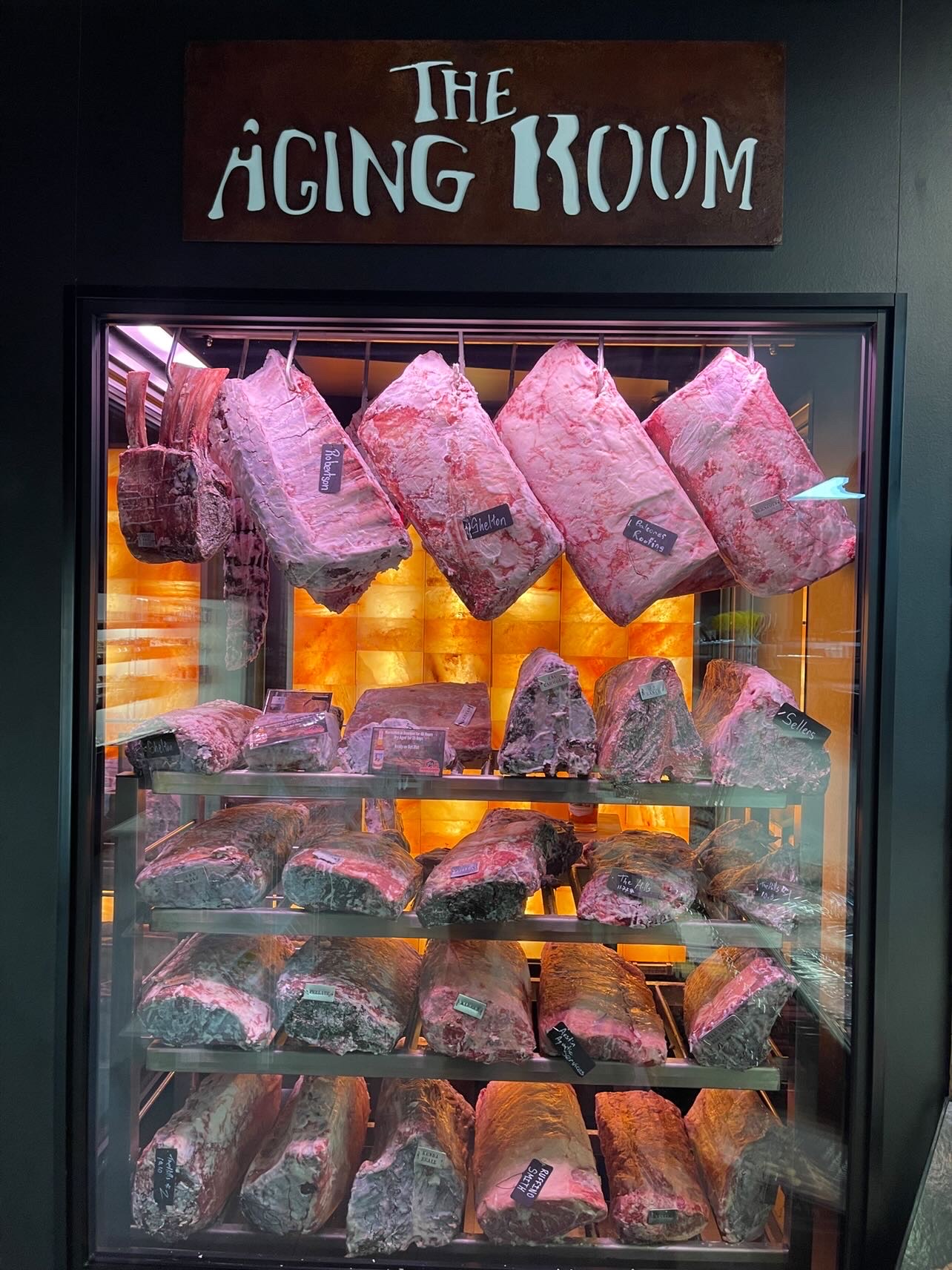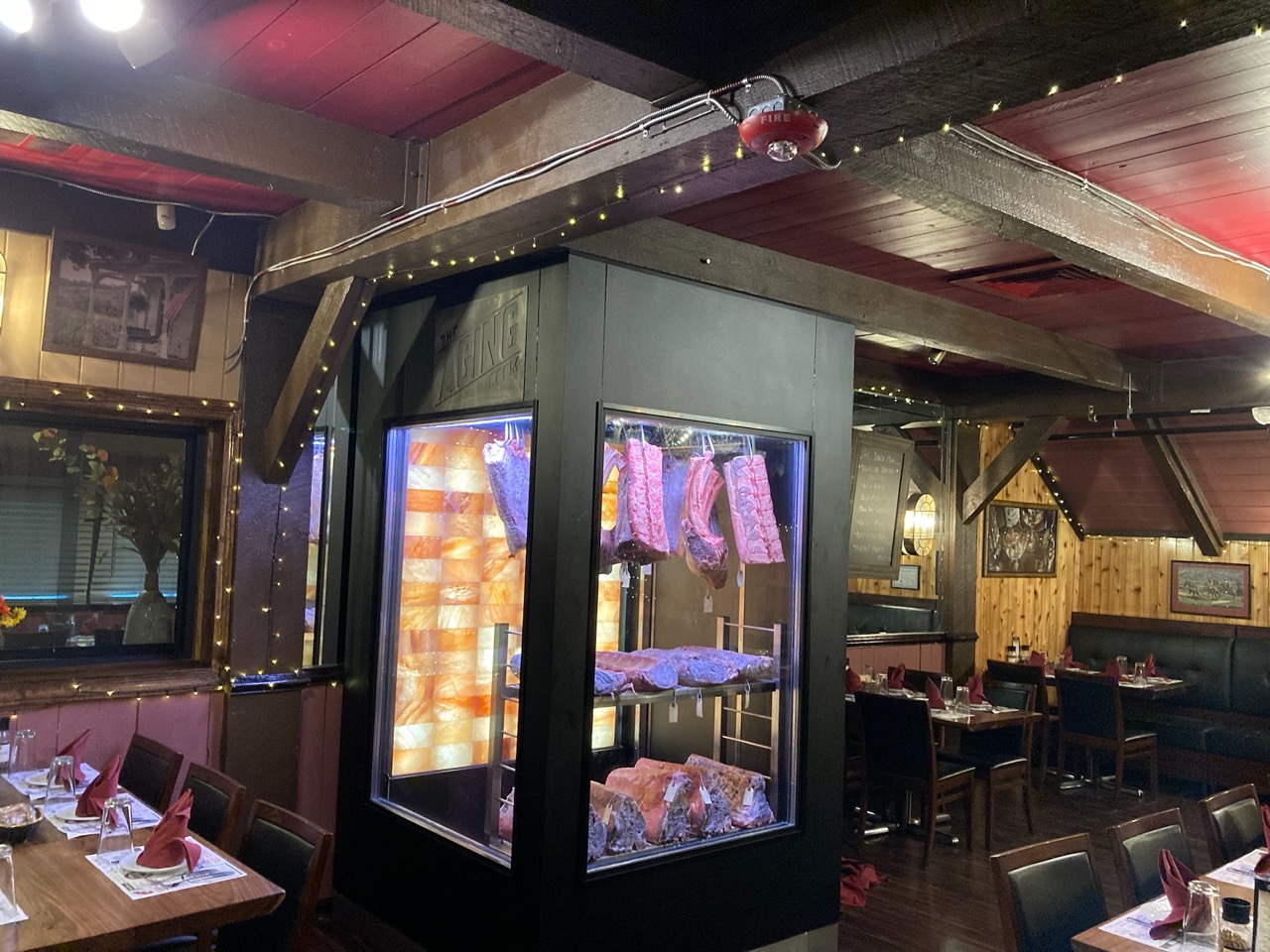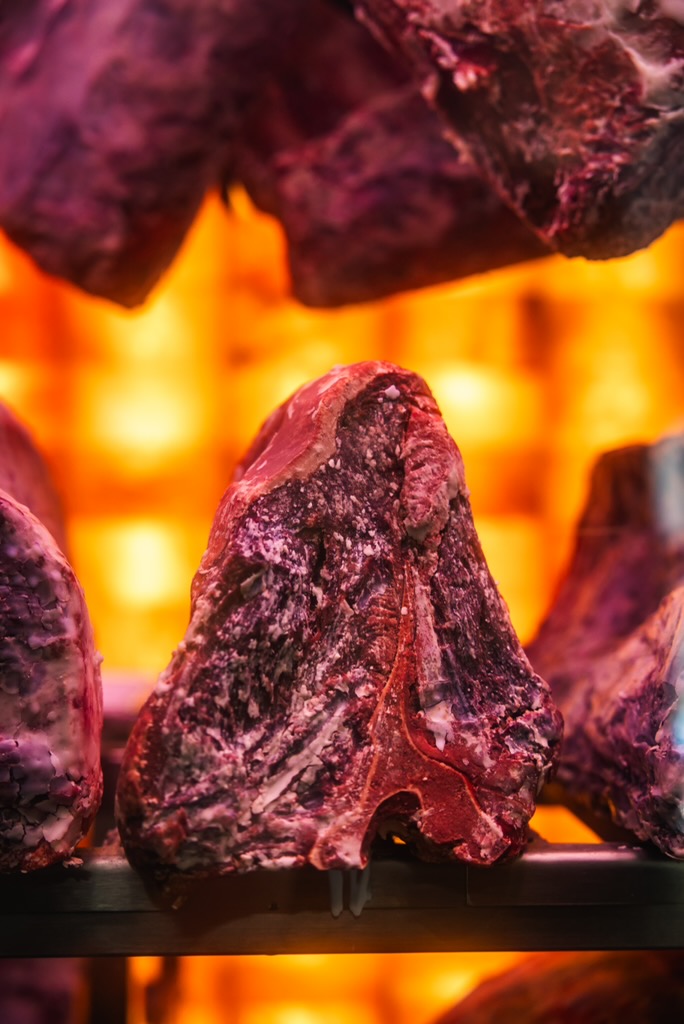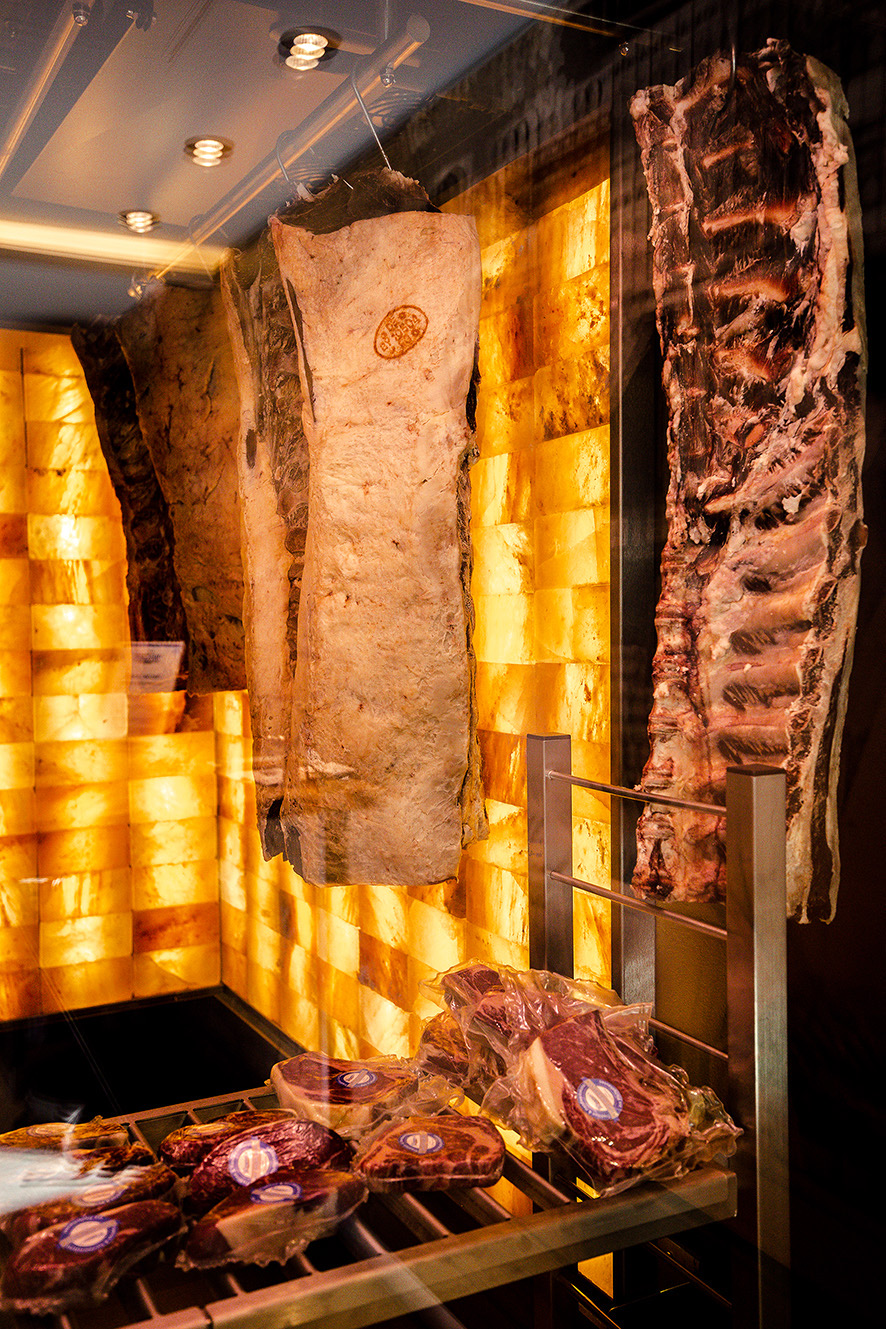
What Is Dry-Aged Meat?
Dry aging is a traditional technique used to enhance the flavor and tenderness of meat, primarily beef. This process involves storing meat in a controlled environment with precise temperature, humidity, and airflow. Over time, natural enzymes break down the muscle fibers, intensifying the beefy taste while tenderizing the meat. Simultaneously, the outer layer of the meat develops a crust, which is later trimmed to reveal the rich, concentrated flavors within.
Essential Equipment for Professional Dry-Aging
Creating the perfect dry aging environment requires specialized equipment to maintain strict climate conditions. The key factors in professional dry-aging include:
Temperature Control: Ideal dry aging temperatures range between 33°F and 38°F (0.5°C to 3°C) to prevent bacterial growth while allowing enzymatic reactions to occur.
Humidity Regulation: A humidity level of 75% to 85% ensures the meat loses moisture gradually, preventing excessive drying or spoilage.
Airflow System: Proper ventilation ensures even drying and prevents mold growth in undesired areas.
Himalayan Salt Blocks: A significant advancement in dry aging rooms, Himalayan salt helps create a superior aging environment compared to conventional setups, also prevents bacterial contamination.
Why Himalayan Salt Dry Aging Rooms Are Superior
Himalayan salt dry aging rooms offer several advantages over traditional dry aging environments that do not incorporate salt blocks. These benefits include:
Natural Antibacterial Properties
Himalayan salt acts as a natural purifier, reducing bacterial growth on the meat’s surface. This leads to safer aging conditions and minimizes the risk of unwanted spoilage.
Enhanced Flavor Development
The salt-infused air gently seasons the meat throughout the aging process, resulting in a more refined and complex flavor profile. The subtle salinity enhances the umami notes in beef, making the final product richer and more flavorful.
Moisture Regulation
Salt naturally absorbs excess moisture from the air, helping to maintain optimal humidity levels within the aging chamber. This controlled moisture balance prevents meat from drying out too quickly, leading to a more even aging process.
Extended Shelf Life
The antimicrobial properties of Himalayan salt contribute to longer shelf life post-aging. Meat aged in a salt-lined environment is less susceptible to spoilage and retains its quality for an extended period.
Aesthetic and Architectural Appeal
Beyond its functional benefits, a Himalayan salt aging room provides an elegant and sophisticated visual appeal. The natural glow of salt blocks creates a premium presentation, reinforcing the exclusivity of dry-aged meat in high-end restaurants and butcher shops.
Conclusion
For professionals looking to perfect the art of dry aging, investing in a Himalayan salt dry aging room is a game-changer. It not only enhances meat quality and flavor but also ensures better hygiene, moisture control, and an extended shelf life. By combining traditional aging techniques with modern innovations, dry-aged meat producers can achieve unparalleled results that set their offerings apart in the culinary world.
Learn More About The Aging Room®'s Chamber
The Aging Room Chamber offers a natural way of dry-aging meat while showcasing the dry-aging process in a stunning environment.
With the help of patented techniques and technology, the aging chamber creates and circulates a salty, cold, and humid microclimate to ensure an optimal dry-aging process. Learn more about The Aging Room Chamber and the technology that perfects the meat aging process.
By showcasing the aging process to your customers, you are pointing out the investment and care you have taken to ensure the best dining experience possible.
Other news
-
 News
Why Full-System Certification Matters in Dry Aging Equipment — And What Sets The Aging Room® Apart
18 Jul 2025
News
Why Full-System Certification Matters in Dry Aging Equipment — And What Sets The Aging Room® Apart
18 Jul 2025
-
 News
Understanding the Art of Aging: How Dry Aging with Himalayan Salt Transforms Meat Quality
01 Jul 2025
News
Understanding the Art of Aging: How Dry Aging with Himalayan Salt Transforms Meat Quality
01 Jul 2025
-
 News
UV Light vs. Himalayan Salt in Dry Aging Meat: What Really Matters for Flavor and Quality
03 Jun 2025
News
UV Light vs. Himalayan Salt in Dry Aging Meat: What Really Matters for Flavor and Quality
03 Jun 2025